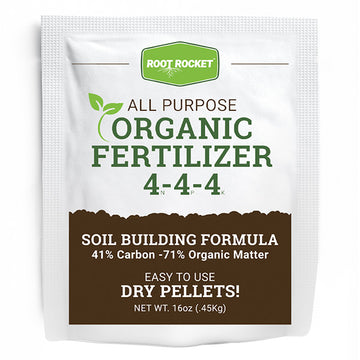Camellia are often referred to as the “Queen Of Winter Flowers”. While they are equally as stunning they are all unique, not one is the same as another.
The two most popular classifications of camellias are Japonica and Sasanqua. The overall appearance of camellia varieties also makes them unique to one another.
Sasanqua Camellias
Sasanqua Camellias are the perfect fit for smaller spaces. With flowers that pop up in clusters all over the branches, Sasanqua Camellias are truly stunning. Your neighbors will be shocked at these unique blooms! Stunning, dark green, shiny leaves erupted in early winter when everything else is dying off. And as the leaves grow to full size they become dark green and about 2-3 inches. Sasanquas grow from 6 to 10 feet tall and wide at maturity.

Japonica Camellias
Japonica Camellias are typically the larger camellia varieties. Not only the plants themselves but their foliage and bloom size can nearly double in size from the Sasanqua Camellia varieties.
Late winter and into early spring you will be seeing the large Japonica Camellia flowers! Japonica is the most popular Camellia classification. The blooms of Japonica camellias have a uniquely light scent and the colors vary from white, pink, red and even a mix of red and pink. The blooms on these beautiful flowering evergreens are not the only thing that draws attention, the foliage on the Japonica is dark green, leathery and about 4 inches long! Mature height is 9-12 feet with a width of about 6-8 feet. Simply magnificent.

Caring for Camellias
Sasanqua and Japonica camellia varieties have similar cultural needs. Both prefer partial sun, but the Sasanqua Camellia can tolerate full sun. When it comes to watering, both camellia varieties require regular moisture, especially when young and not fully established.
These flowering bushes prefer slightly acid soil, with a pH of 5 or 6, well-draining soil and regular water. Fertilize regularly with our slow release fertilizer for the darkest foliage and the most blooms.
Pruning either type of camellia isn't mandatory, it won’t hurt them if you do choose to prune back as needed to control their size. Pruning at the beginning of the season is best!
Both Sasanqua and Japonica camellia varieties can be planted any time of year as long as the soil is workable. Make sure they are well-watered after planting. Just follow our planting directions for success.
Both types can also thrive as container plants, pots stunts their growth at about 6-8 feet!
Be sure to also check out the Governer Mouton Camellia and October Magic Ruby Camellia for vibrant colors!
We offer a wide variety of Camellias in our online plant nursery.
You May Also Like:
Flowering Shrubs
Evergreen Shrubs
Deer Resistant Flowering Shrubs
Trees To Plant In Winter
Plants For Privacy



